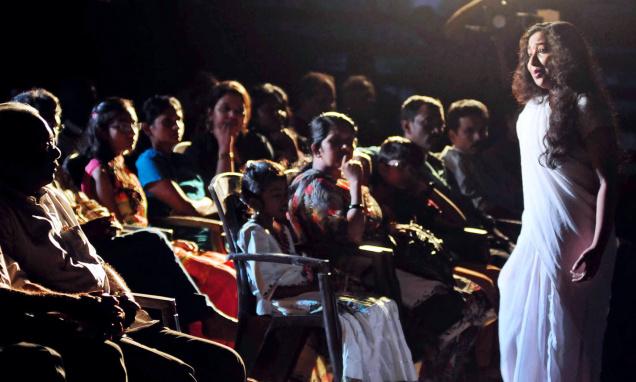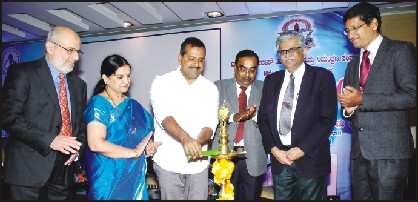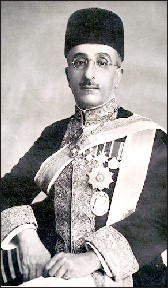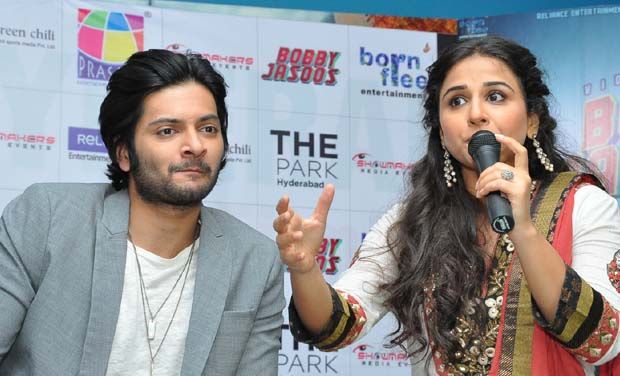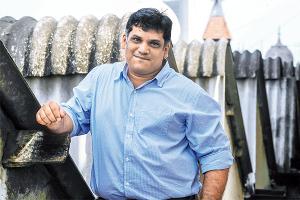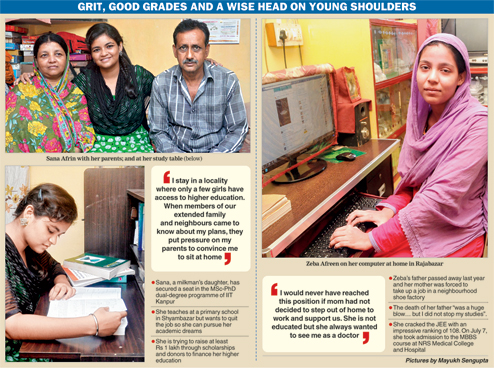
A milkman’s daughter made it to the IIT to pursue her dream of becoming a physicist. Sana Afrin funded her education and that of her brother’s by giving tuition and working as a primary school teacher.
Zeba Afreen, a fatherless girl whose mother works in a sweatshop to pay for her education, is set to become a doctor.
Metro meets the two inspiring girls.
SANA AFRIN
The test was tough but she secured an admirable countrywide rank of 23 to win a seat in the MSc-PhD dual-degree programme at IIT Kanpur.
The daughter of milkman Sheikh Rahi of Paikpara in north Calcutta had cracked tougher tests and hopefully overcome the one she is currently fighting: finance her education at an IIT.
Born in a financially weak and conservative family, 21-year-old Sana’s tryst with hurdles began at a young age when her father had to make a choice between daughter and son since he could afford to educate only one of the two children.
“My parents decided to support my education despite some unpleasant advice from relatives and friends. My younger brother had to wait a year to start his schooling,” said Sana at her home in Saudagar Patti, Paikpara.
Sana did not disappoint her parents, especially her hardworking father who delivers milk door to door to earn his living. She scored well in her Class X board exam and chose science for her Higher Secondary.
Just when she thought everything was on course, Sana faced her biggest hurdle. Her father didn’t have the money to pay her admission fee, leaving the daughter on the threshold of giving it all up.
To rub it in, some relatives advised her father that it was not wise to educate a girl so much. “They said I wouldn’t be able to cope with science. When I heard this, I was determined to prove that my parents’ decision to educate their daughter was right,” she said.
Loans from friends and scholarships from some NGOs helped her tide over the crisis and shut disapproving mouths.
Sana is now awaiting her BSc Part III results from Calcutta University.
She not only managed her education but also that of her younger brother, a Class XI student at an English-medium school in Dum Dum.
Sana remembers the hostile reaction when she announced her wish to go to college after Class XII. “I stay in a locality where only a few girls have access to higher education. When members of our extended family and neighbours came to know about my plans, they put pressure on my parents to convince me to sit at home.”
The gritty girl stuck to her plan: BSc with honours in physics. She filled in forms of various colleges and took admission in the first college where her name appeared on the merit list.
She knew all too well about her father’s financial situation and the people who wouldn’t let go any opportunity to scuttle her academic pursuit. Sana circumvented the situation by giving tuition, the earning taking care of her and her brother’s education to some extent.
Sana now teaches at a primary school in Shyambazar after clearing the Teacher Eligibility Test last year. Only one per cent of the several lakh candidates who appeared for the TET could get through.
In February this year, she appeared for the IIT Joint Admission Test for the MSc course. “I wasn’t well-prepared for the exam… I had just joined the school. I was also studying for my third-year final and doing private tuition,” she said.
Still she managed a ranking of 23.
She is aware that her current job will bring some financial stability to the family but her heart is with higher studies at IIT Kanpur. “I want to study and fulfil my dreams. I do not want to remain a primary school teacher.”
The new challenge is to arrange for her admission and semester fees. “I have been able to book my seat by paying a token amount of Rs 10,000. I need close to Rs 1 lakh,” she said.
When she visited a government department that apparently helps children from poor families with stipends and scholarships, she was told that she was not eligible. “They said they would have helped me had I been pursuing medical, engineering or civil services. They will not fund anybody’s education for research,” Sana said.
She never forgets to thank people who doubt her abilities. “They deserve credit. If they don’t question my ability, I will not be able to give my best,” she said.
Sana is eligible to apply for an IIT scholarship considering Sheikh Rahi’s financial situation, but she does not want to leave anything to chance.
If she manages to arrange the money, she would leave for Kanpur on July 16. The prospect of not spending Id with her parents does make her sad but she is determined to fulfil her dreams because her brother’s future is also at stake. “It will be tough but I need to do this and provide a better life to my parents and fund my brother’s higher education.”
ZEBA AFREEN
When Zeba Afreen’s father passed away last year and her mother was forced to take up a job in a neighbourhood sweatshop that manufactures footwear, she had several excuses to abandon her dreams.
But the 20-year-old did not lose sight of her goals, the immediate one being the Joint Entrance Exam. She studied 14 hours a day despite taking care of household chores and three younger siblings.
The Rajabazar girl cracked the JEE with an impressive ranking of 108. On July 7, she took admission in NRS Medical College and Hospital to its MBBS course.
Zeba did not let her father’s death influence her preparations, though “it was a huge blow… a bolt from the blue”. “But I did not stop my studies. I kept studying for the joint exam,” she said in her Rajabazar home opposite Tasvir Mahal cinema hall.
“I initially thought of quitting studies and taking up some odd job. Mother was dead against it. She wanted me to continue my studies,” she said.
Her father was a small-time envelope-seller and didn’t have any savings, forcing his wife Afsari Khatoon to work at the small shoe factory to support her children.
Zeba did not disappoint her mother.
She took help of senior teachers in her locality to prepare for the physics, chemistry and mathematics papers since she couldn’t afford classes at coaching institutions for competitive examinations.
“There was no way I could afford the expensive coaching centres. My only option was to study hard on my own,” said Zeba, who passed Higher Secondary from Shri Shikshayatan after Madhyamik in a neighbourhood school.
There was no dearth of distractions that cropped up every day to offset Zeba’s dream, the most annoying being the din on the road outside her house while she was preparing for her exams.
“I couldn’t concentrate even at night. Autorickshaws ply till late in the night… honking of vehicles. Ooph!”
This was Zeba’s second shot at the entrance exams. She came somewhere in the 2000s on the rankings last year and so decided to give appear again instead of taking up engineering in a lesser-known institution.
“I used the failure to identify areas I needed to work upon. From time management to improving my answers, I practised hard in the past one year,” she said.
“I would never have reached this position if mom had not decided to step out of home to work and support us. She is not educated but she always wanted to see me as a doctor,” Zeba said.
She now intends to focus on her two younger sisters and a brother. “I hope to guide my siblings the way my mother guided me.”
After completing her MBBS, Zeba wants to specialise in neurology and help the poor. “I owe my success to many people who came forward to help me when I was in need,” she said.
What message do you have for Sana and Zeba? Tell ttmetro@abpmail.com
source: http://www.telegraphindia.com / The Telegraph – Calcutta / Front Page> Calcutta> Story / by Zeeshan Jawed / Wednesday – July 09th, 2014
